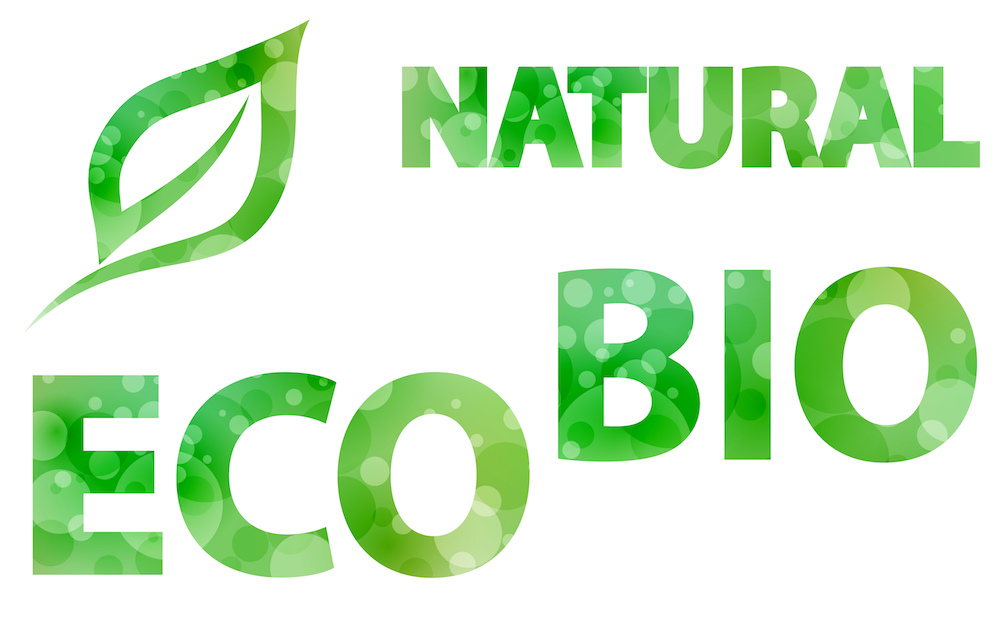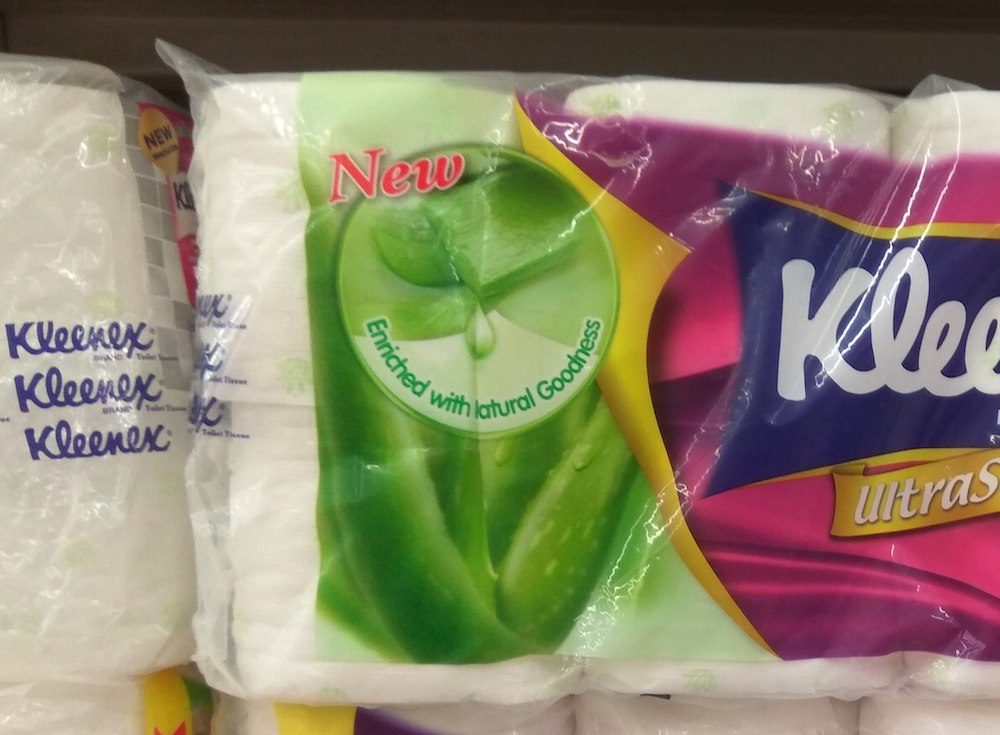Can you cut 1 Tonne of carbon pollution out of your life?
Take the challengeCompanies know that we want our products to be more sustainable and environmental, they know “environmentally friendly” sells. The problem is that while they know this, they still try to find ways around actually giving us what we want. And this horrifying phenomenon is called greenwashing.
First, let's break down greenwashing: what is it? Basically, it is the result of corporations pumping money into advertising campaigns about how "green" they are without actually implementing these "green" strategies and changes into the infrastructure of their company. Therefore, while these companies appear eco and green, that can be very far from the truth.
So how can companies align themselves with the "green" market? Well, it's actually quite easy to appear green while making no real green changes. For example, banks can claim they're going green by showing environmental policies on their websites, while also funding coal mining, and supermarkets can get the "green" tick for using 'biodegradable' plastic bags, which, surprise surprise, don't actually break down.
Appear green but don't actually be green - what a cunning plan! Too bad we can see straight through it and you can too with these simple tips:
Don't be fooled by environmental imagery
You see a product - its packaging is green, there's leafy imagery, a bunch of cute animals are running in the wild - it all appears so utopic, but it is in fact a trap! This is classic greenwashing, using imagery to appear environmental without having to actually be.
How to identify the real from the fake: Genuine planet-friendly products generally use less overt imagery and stick to plainer packaging.

Watch out for false and misleading labels
Corporations can use labels on their packaging like "Certified", "100% Organic" and "Bio" without any proof that they actually are any of these things. These misleading labels can also extend to logos, such as earth logos. These misleading labels and logos can create a sense of credibility to the product, while in fact they are false.
How to identify the real from the fake: If there is no supportive information linked to the labels and logos to explain how the product fits with their claims, including legitimate standard labels from third-party certification, not just self-created and self-declared ones, then it's all smoke and mirrors!
Look out for hidden trade offs
This refers to corporations who do a token act of being environmental and/or sustainable, while having a very unenvironmental trade off. Examples of this would include say a product saying their packaging is made from 'recycled materials', while including no information on the environmental impact of the product itself. This can also include clothing companies in fast fashion using 'sustainable' or 'natural' materials, while said clothing is developed through exploitative conditions in the Global South (this is also linked to justicewashing).
How to identify the real from the fake: Genuine eco friendly products would provide more detailed information, factoring other areas like energy, greenhouse gas emissions, worker conditions, water and air quality.

If the information is vague, we have a problem
Ever see those vague terms like "natural", "pure", "non-toxic" or "earth" and wonder what exactly that means? There's a reason they're so hard to grasp - they are classic greenwashing terms.
How to identify the real from the fake: When you see labels like this, check for clear, detailed information with third-party verifications. If you see none, there are none!
Specifically with "non-toxic" labels, there needs to be detailed information on the levels of toxicity, the definition and reference to a specific standard.
Claims that are irrelevant or skewed
Some labels will claim they are "free" of a certain chemical or substance, when that substance is actually already banned by law and therefore irrelevant to advertise as part of being 'green'. Claims about being "cruelty-free" or "not tested on animals" is also an area up for contention, depending on where the company sells their products. For example, a cosmetic company could claim they are "not tested on animals" when selling products in say Australia, while also selling that product in China where it is required by law to test products on animals before placing it in the market.
How to identify the real from the fake: This requires some research, but it's easy enough to find sites with set criteria, such as here and here, that list companies and how they scale on the genuine-econess to greenwashing scale.
Greenwashing on a larger scale, things to keep in mind
While we can empower ourselves individually to check the products we purchase, it's also important to continue that train of thinking with larger scale greenwashing as well. One example of this is, Woodside, an oil and gas company that uses pictures of nature and happy people on it's brochures. Then there's the big banks sponsoring Climate Change Week this year, while simultaneously giving billions to coal mining, oil and gas companies. These simple tips extend further than our individual purchases!
It's fantastic that our push for corporations to be more environmentally friendly is being heard, now we have to take that next step and make sure they follow through with what we want and not try to manipulate us with greenwashing.
Now you've got the tools you need to ward of the greenwashers and look out for products and companies that are genuine and certified.
Charmaine Morrison-Mills is passionate about social justice and living sustainably. When she's not volunteering or bushwalking, you can find her trawling memes or devouring vegan feasts.
Read this next: Three Ways Your Money Could Be Supporting The Fossil Fuel Industry And How To Stop It
We're in a climate emergency and it's going to take all of us to get out of it. That's why 1 Million Women is building a global community of women committed to fighting climate change with our daily actions. To join the (free) movement just click the button below!
